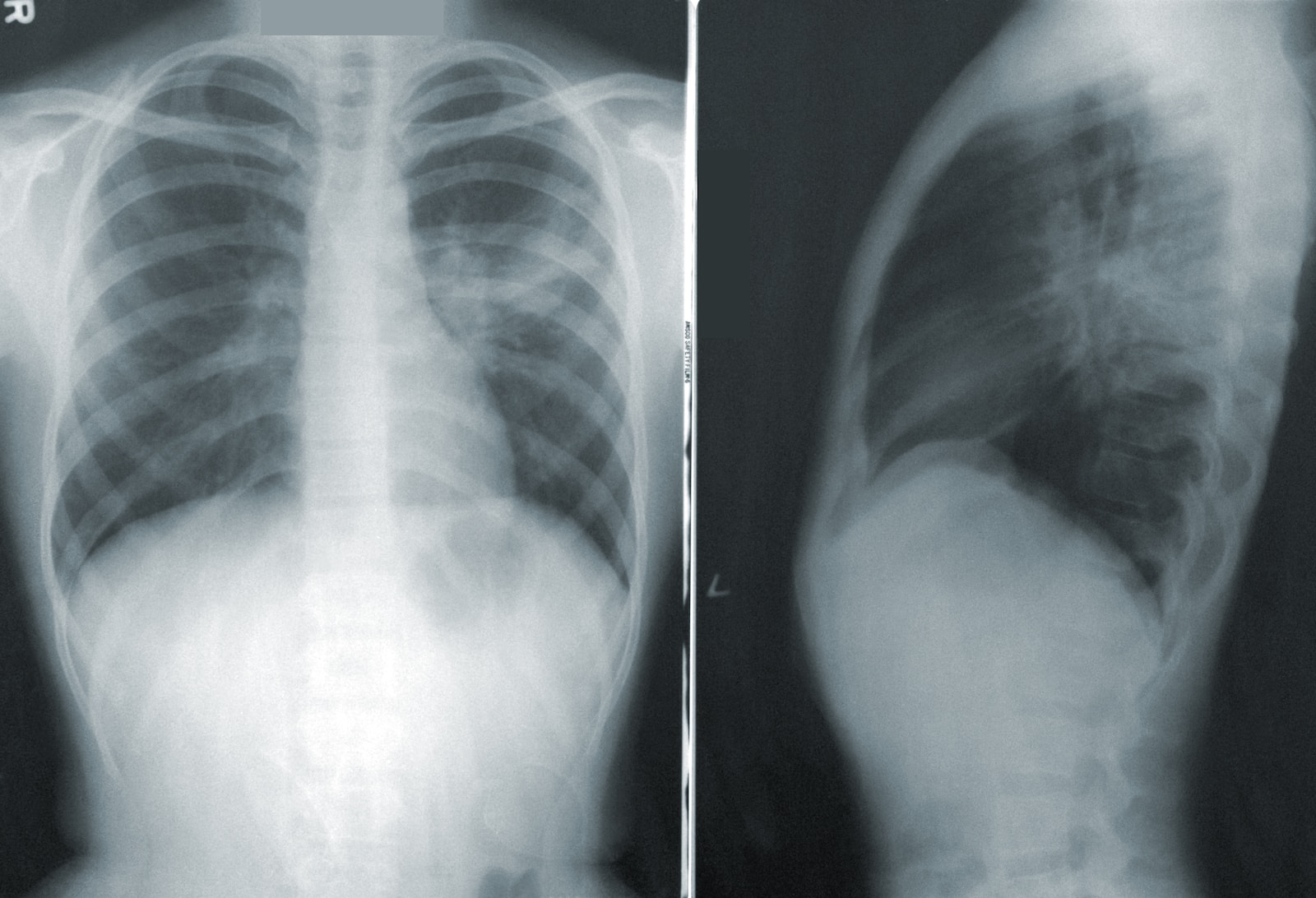Asbestos, a collection of naturally found fibrous minerals, was previously extensively utilized in the construction and manufacturing sectors because of its durability and its ability to resist heat, fire, and chemical damage. However, its adverse health effects were not fully recognized until the latter half of the 20th century. Today, understanding the signs of asbestos exposure is crucial, as prolonged inhalation of asbestos fibers can lead to severe respiratory issues, lung cancer, mesothelioma, and other life-threatening diseases. Recognizing these signs on time can not only facilitate timely medical intervention but may also inform affected individuals about their eligibility for compensation through asbestos claims payouts, offering some solace and support in managing their condition.
Respiratory Issues That Worsen Over Time
One of the first and most common signs of asbestos exposure is the development of chronic respiratory problems. Symptoms such as persistent coughing, wheezing, and shortness of breath may initially seem benign or related to other less severe respiratory conditions. However, for individuals who have worked in industries known for asbestos use or lived in buildings containing asbestos materials, these symptoms could indicate more serious health issues. The microscopic asbestos fibers, once inhaled, can lodge themselves in the lung tissues, causing inflammation and scarring that leads to these persistent respiratory issues.
Individuals experiencing these symptoms, particularly those with a history of potential asbestos exposure, should seek medical advice for a proper diagnosis. Moreover, they might be entitled to asbestos claims payouts. These financial compensations are designed to support victims of asbestos exposure, covering medical bills, lost wages, and other related expenses, thereby offering a crucial financial lifeline during challenging times.
Development of Asbestosis
Asbestosis is a lung disease directly caused by the inhalation of asbestos fibers, leading to scarring (fibrosis) of the lungs. This condition results in a progressive decline in lung function, manifesting as severe shortness of breath, a persistent, dry cough, and, in later stages, finger clubbing. Unlike the more immediate symptoms of respiratory irritation, asbestosis symptoms can take years, often decades, to appear after exposure, making it a silent but deadly consequence of asbestos inhalation.
Asbestosis is particularly concerning because it not only impairs respiratory function but also significantly increases the risk of more severe conditions, including mesothelioma and lung cancer. Early detection and management can help mitigate some of the disease’s impacts, although there is currently no cure for asbestosis, making prevention and early intervention crucial.
Pleural Abnormalities
Exposure to asbestos can also lead to abnormalities in the pleura, the thin membrane that envelops the lungs. Pleural thickening and the formation of pleural plaques are common conditions associated with asbestos exposure. These conditions can cause chest discomfort and a noticeable reduction in lung capacity, leading to difficulty breathing and other respiratory complications. Unlike asbestosis, which affects the lung tissue itself, pleural abnormalities specifically impact the pleural lining, sometimes serving as early indicators of asbestos exposure before more severe symptoms or conditions develop.
Pleural abnormalities are often detected through imaging tests such as X-rays and CT scans, revealing thickening of the pleura or the presence of calcified plaques. While these conditions can be asymptomatic in their early stages, they are significant markers of past asbestos exposure and warrant further investigation and monitoring for associated diseases. Individuals diagnosed with pleural abnormalities should be aware of the potential progression to more serious asbestos-related conditions and consider consulting with legal experts to explore compensation avenues, including asbestos claims payouts, to support their health and well-being.
Signs of Lung Cancer
Lung cancer, a grave risk for individuals exposed to asbestos, doesn’t present unique symptoms that can easily distinguish it from other forms of lung cancer not related to asbestos. Symptoms often include a persistent cough that worsens over time, chest pain, recurring infections like bronchitis or pneumonia, hoarseness, and unexplained weight loss. As these signs can be common to various lung conditions, their connection to asbestos exposure might not be immediately evident.
Anyone with a history of asbestos exposure must inform their healthcare provider, as this information can significantly influence diagnostic and treatment decisions. Early detection and intervention can greatly improve outcomes, making awareness and vigilance key. Hence, do not avoid the signs and take immediate action.
Mesothelioma Symptoms
Mesothelioma, a rare but aggressive cancer caused by asbestos exposure, affects the lining of the lungs, abdomen, or heart. Symptoms vary depending on the affected area but often include painful breathing, chest or abdominal pain, fluid buildup, and, in later stages, significant weight loss. Mesothelioma’s strong link to asbestos exposure is well-documented, making it critical for individuals with potential exposure to be aware of these signs. Unfortunately, mesothelioma often remains undetected until it has advanced, underscoring the importance of regular health screenings for those at risk. Recognizing symptoms early and seeking prompt medical evaluation can lead to earlier diagnosis and potentially more effective treatment options.
Clubbing of the Fingers and Toes
Clubbing involves changes in the areas under and around the fingernails and toenails that result in a swollen, bulbous appearance. It’s a sign of oxygen deprivation in the body, often associated with severe pulmonary diseases, including those caused by asbestos exposure. Clubbing is not exclusive to asbestos-related conditions but should prompt further investigation if it appears alongside other symptoms like shortness of breath or chronic cough in someone with known asbestos exposure. It’s a visible, physical indicator that something may be wrong with the respiratory system, and medical advice should be sought to explore its cause.
Recognizing the signs of asbestos exposure is crucial for early detection and treatment of related diseases. If you or someone you know has been exposed to asbestos and is experiencing any of these symptoms, it’s important to seek medical attention promptly. Awareness and proactive health monitoring can make a significant difference in managing the effects of asbestos exposure. While facing these health challenges can be daunting, understanding the symptoms and seeking timely medical and legal advice can provide the necessary support to navigate this difficult journey.


